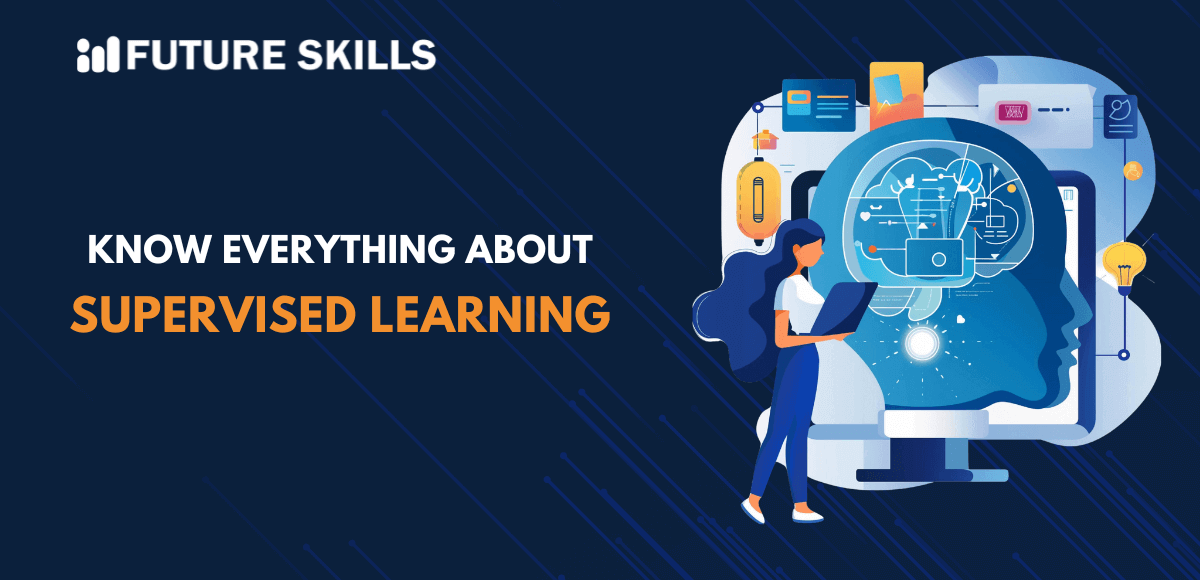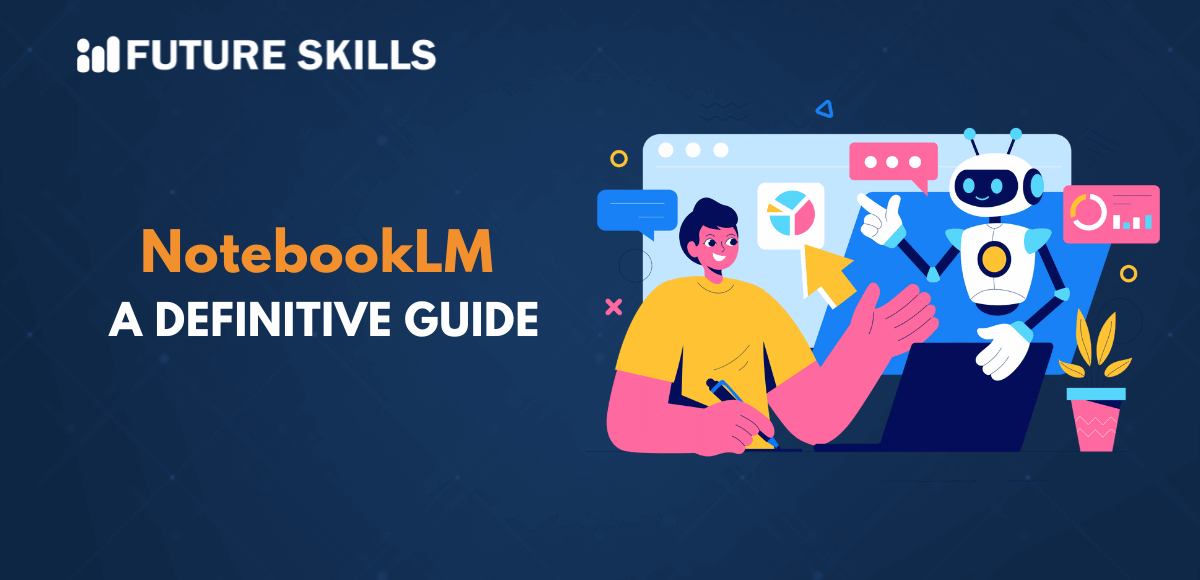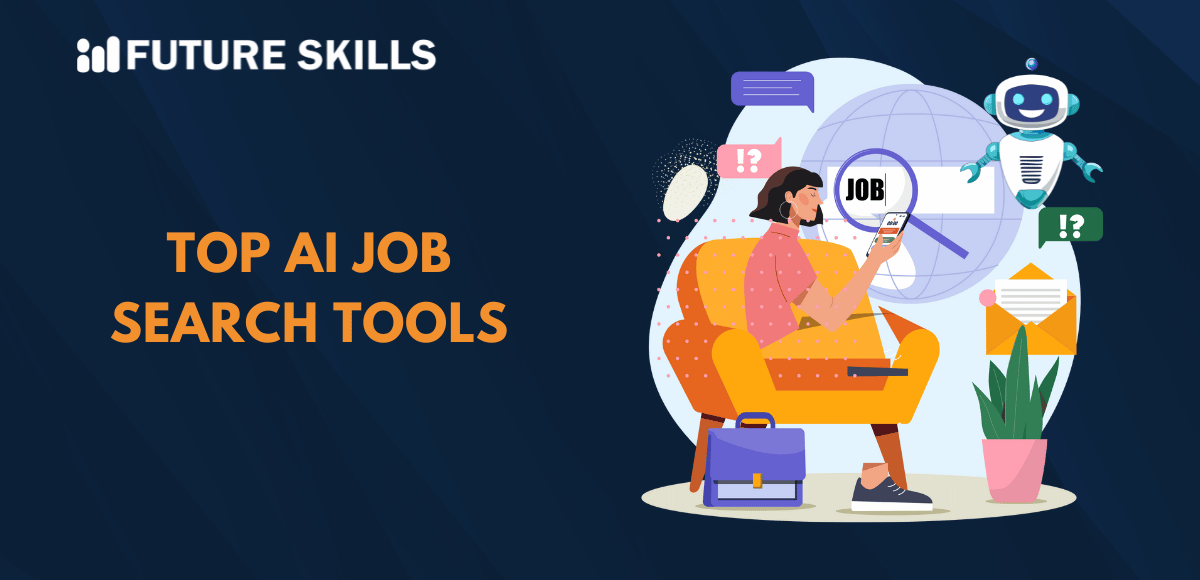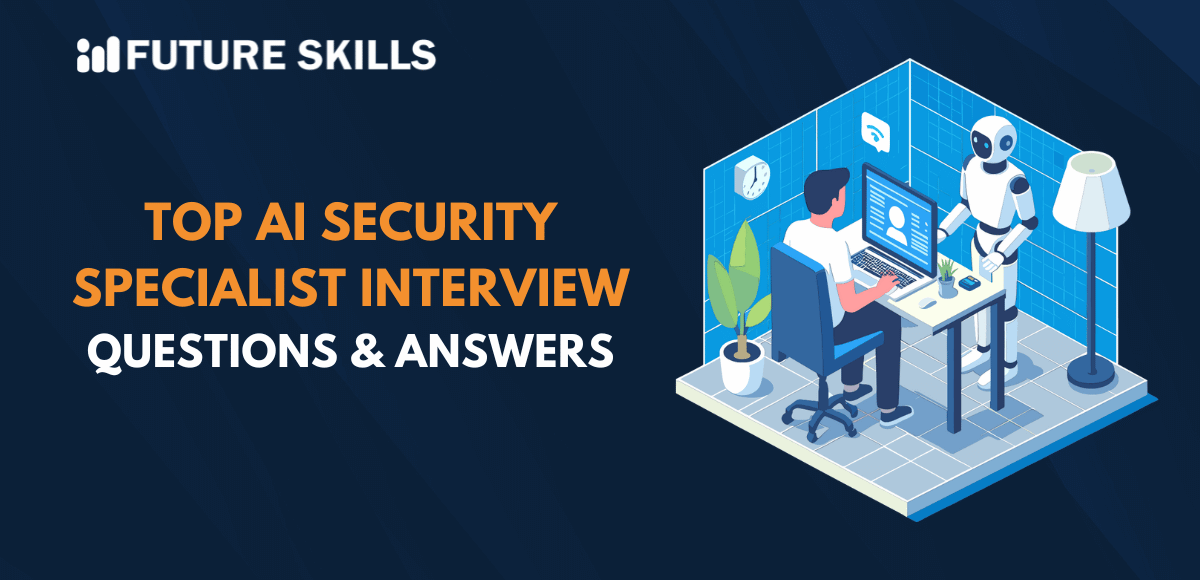Machine learning has opened new possibilities for empowering computers to think, learn and act like humans with the help of data. The most dominant highlight in the domain of machine learning research is supervised learning. You are reading this supervised learning tutorial to figure out how it works and its importance for machine learning. The rise of supervised learning techniques in machine learning has been attracting more learners towards guides on supervised learning.
You can find multiple supervised learning approaches that have emerged as powerful catalysts for processing and analyzing diverse variants of data. One of the key highlights of supervised learning approaches is the use of labeled training data. On top of it, you will also find multiple algorithms that make supervised learning more effective for different applications. Let us learn more about supervised learning, its working principle, and the types of algorithms you can use in supervised learning.
Get the best AI training by industry leading experts and boost your career with our Certified AI Professional (CAIP)™ Course.
Understanding the Definition of Supervised Learning
The first thing you need in a guide on supervised learning is its definition. Supervised learning is a subdomain of artificial intelligence or a variant of machine learning. The most distinctive highlight of supervised learning models is the use of labeled training datasets for training algorithms. Supervised machine learning works by learning the important relationships and patterns between the input and output data. Labeled datasets include numerous examples of features and target and supervised learning leverages algorithms to understand the relationships between them.
Feeding input data into a supervised learning model initiates the cross-validation process in which the model would adjust weights until it achieves appropriate fitting. Supervised learning has gained popularity for developing machine learning models with unparalleled accuracy. The use of supervised learning for solving many real-world problems is evident in examples like spam detection in email.
Discovering the Magic behind Working of Supervised Learning
Supervised learning involves the use of a training set for teaching models the ideal way to generate desired output. The training dataset features inputs and the relevant outputs that help the model learn continuously over the course of time. The algorithm can measure accuracy with the help of loss function and adjust continuously to reduce the error by substantial margins. You can understand the working of supervised learning by identifying the different problems that it aims to solve.
Supervised learning can help you deal with two different classes of problems, such as regression and classification. Regression is useful for understanding the relationship between independent and dependent variables. The most common application of supervised learning with regression involves making predictions such as the expected sales revenue for businesses. Some of the notable regression algorithms include linear regression, polynomial regression, and logistic regression.
Classification is another variant of supervised learning that can help you discover another facet to the working of supervised learning. Classification involves the use of algorithms to ensure accurate allocation of test data among specific categories. It helps in recognition of specific entities in a dataset and aims to determine the approaches for defining or labeling the entities. The list of classification algorithms include random forest, support vector machines, linear classifiers, and decision trees.
Unraveling the Significance of Supervised Learning in Real World
The next important aspect that you can notice in an introduction to supervised learning is the list of its business applications. You must have come across some examples of supervised learning in the real world that may have made your lives easier. The most common supervised learning example draws attention towards image and object recognition. Supervised learning algorithms can help you in locating, isolating and categorizing objects from images or videos.
The use of supervised learning in predictive analytics is also revolutionizing machine learning in many ways. Supervised learning can power predictive analytics systems that can offer comprehensive insights on different business data points. Enterprises can use such predictive analytics systems to predict certain results on the basis of a specific output variable. Business leaders can use supervised learning in predictive analytics to make informed decisions that align perfectly with their business goals.
Supervised learning is also useful for customer sentiment analysis that can help businesses personalize their products and interactions with customers. Supervised machine learning algorithms can help organizations in extracting and classifying important insights from larger volumes of data. The important insights may include the context, intent, and emotion that can help you learn more about customer interactions.
Another common example of supervised learning is the spam detection feature in email services. Supervised classification algorithms can help in recognizing anomalies or suspicious patterns in new emails to organize them into spam and non-spam folders.
Enroll in our comprehensive AI for Business Course to utilize the full potential of AI and transform your business.
Identifying the Benefits of Supervised Learning
The ideal approach to understand the importance of supervised learning in the domain of machine learning involves identification of the benefits of supervised learning. Supervised learning can help in addressing a wide range of issues such as spam detection, image recognition and object identification. The real world applications of supervised machine learning can revolutionize businesses and the everyday lives of people.
Supervised learning also offers the advantage of reusability of training data. You can reuse the training data for other models if you don’t have any feature modifications. Supervised learning also leverages past experiences and interactions for optimizing performance and predicting outputs on the basis of past experiences.
Deep Dive into Types of Algorithms in Supervised Learning
Supervised machine learning processes utilize different algorithms and computation techniques. The review of different popular supervised learning algorithms can help you understand how you can leverage supervised machine learning in different ways to achieve your goals. The following learning methods or algorithms for supervised learning are the most prominent highlights in the world of machine learning.
-
Naïve Bayes
Naïve Bayes algorithm follows a classification approach with the class conditional independence principle from the Bayes theorem. It suggests that the existence of one feature does not influence the presence of another feature in the probability of a specific outcome. The algorithm also implies that every predictor has the same effect on the result. The common applications of Naïve Bayes algorithm include recommendation engines, text classification, and spam identification. You can find three variants of Naïve Bayes algorithm, such as Gaussian Naïve Bayes, Multinomial Naïve Bayes, and Bernoulli Naïve Bayes.
-
Support Vector Machines
Support Vector Machines or SVMs are another prominent example of algorithms used in machine learning. SVMs can help you design classification and regression models albeit with most applications of SVMs focused on classification problems.
-
Logistic Regression
The introduction to any supervised learning tutorial also draws attention towards logistic regression. It is applicable in scenarios where the dependent variable is categorical and has binary outputs. Logistic regression algorithms are primarily useful in binary classification problems like spam detection.
-
Linear Regression
Linear regression is also a crucial example of supervised machine learning algorithms with various real-world applications. It helps in identifying the relationship between dependent variables and one or multiple independent variables. The primary uses of linear regression focus on drawing predictions regarding future outcomes.
-
Neural Networks
Neural networks have been frequently associated with deep learning as they can support processing of the training data. The networks replicate the structure and working of the human brain with interconnected layers of nodes. The nodes include weights, inputs, bias, and outputs. Neural networks use supervised learning for learning the mapping function and gradient descent for adjusting weights according to the loss function.
-
Random Forest
Random forest is also a prominent addition among supervised machine learning algorithms for offering enhanced flexibility. It can help you work on classification and regression problems with the power of supervised learning. When you look closely, the random forest is only a collection of different unrelated decision trees. The decision trees merge with each other to ensure lower variance and generate predictions with better accuracy.
-
K-Nearest Neighbor
K-Nearest Neighbor or KNN algorithm is also another powerful algorithm behind many supervised learning models with real world applications. It is a non-parametric algorithm for classification of data points on the basis of proximity and relationship with other available data. The KNN algorithm assumes that similar data points are located closer to each other. The most noticeable benefits of KNN algorithms include the low calculation time and ease of use. Some of the common applications of KNN algorithms include image recognition systems and recommendation engines.
Become a job-ready and certified prompt engineer with our leading Certified Prompt Engineering Expert (CPEE)™ Program. Start your AI career now!
Does Supervised Learning Pose Any Challenges?
Yes, supervised learning poses multiple challenges despite having multiple business advantages. You are likely to come across multiple challenges while developing resilient supervised machine learning models. For example, supervised machine learning models need specific levels of expertise to generate accurate structure. The training process of supervised machine learning models takes a lot of time and the training datasets are highly vulnerable to human errors.
Final Thoughts
The introduction to supervised machine learning revealed its significance in the domain of artificial intelligence. Supervised learning works with known data and can help in achieving classification or regression tasks. The application of supervised learning in classification problems involves separating data points into different categories. On the other hand, regression tasks involve drawing predictions from the given data points. As you learn more about supervised learning, you can familiarize with different algorithms, its advantages and notable limitations.







